Last Updated on July 30, 2021
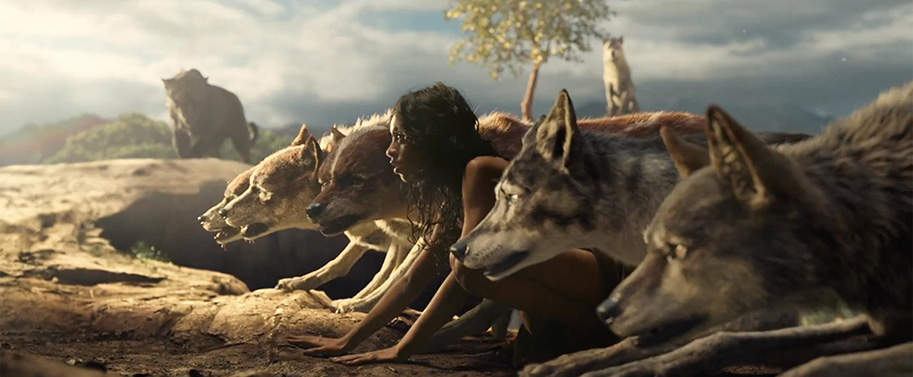
As part of a rather surprising move, it's been announced that Netflix has acquired Andy Serkis’ live-action MOWGLI from Warner Bros. with plans to release the movie next year on the popular streaming service.
Originally, Warner Bros. had planned to release Serkis' take on the Jungle Book character in theaters on October 19th, but the studio has since relinquished their hold on the adventure based on Rudyard Kipling’s classic to the streaming giant. For the past several months, Warners has been making a concentrated effort to differentiate the upcoming film from Disney's 2016 live-action smash from IRON MAN director Jon Favreau. The House of Mouse's harrowing jungle experience earned a total of $966 million at the global box office throughout its theatrical run, establishing Favreau's vision of Mowgli's world as a very tough act to follow.
When asked for comment about the switch, Serkis told Deadline, “When I came on the project, the script commissioned by Warner Bros was very close to the tone of the Kipling book,” Serkis confessed. “It was very focused on Mowgli, this outsider, this outcast. The metaphor for the whole movie is other-ness, a search for self-identity. In the book, he is this feral child raised in the strong traditions of the wolf pack, and when he gets to the point in life where he realizes they are not his family it’s a cataclysmic moment for him. He tries to assimilate in the world of men, for his own safety. He finds there are customs that are good and bad, just like in the other kingdom, and he sets out on a journey of self discovery to create his own morality. There is real jeopardy and consequence here, with an emotional resonance meant to be for a slightly older audience than most of the Jungle Book films we’ve seen. That was reflected in the script and how it was cast, and the whole way we approached the design of the animals. The human being and the animals are emotionally truthful, and not in any way were we tipping the wink to the audience that this is a fairy tale.”
Serkis then continued, “Then, of course, we found ourselves in this race with Disney and there was a point when we were neck and neck, in who would come first,” Serkis said. “Both studios wanted to be first. But we realized that the performance capture techniques required time in how I wanted to work in post, and we decided to let the other film have its moment. By that point, we’d shot the whole thing, and we did a series of pickup shots that we wanted to have in time for post production.”
Serkis also shared that the reason they shot the film in South Africa was because the crew felt that it was the best way to represent the jungles of India and its people during the 19th century.
“I wanted to make it of its time and reflect Kipling’s own journey,” Serkis told Deadline. “His first language was Hindu, and he was brought up in India, and then came to live in England. There, he suffered brutality and bullying because he was an outsider, and I think that sense of otherness came through in his Jungle Book stories and the character of Mowgli. Kipling’s work has been interpreted in a lot of different ways, and his writing since his glory days back then has been somewhat vilified for his depiction of globalism. There is a racist element to many of his stories and poems. You cannot ignore, though, that he wrote and reflected the political situation at the time, and in a mild way, the film examines emotions of class and colonization of India.”
Lastly, Serkis elaborated on his excitement to bring the film to a platform as far-reaching as Netflix:
“I’m really excited about Netflix for Mowgli,” Serkis said. “Now, we avoid comparisons to the other movie and it’s a relief not to have the pressure. I’ve seen the 3D version, and it’s exceptional, a different view from the 2D version, really lush and with great depth, and there will be some kind of theatrical component for that. What excites me most is the forward thinking at Netflix in how to present this, and the message of the movie. They understand this is a darker telling that doesn’t fit it into a four quadrant slot. It’s really not meant for young kids, though I think it’s possible that 10 or above can watch it. It was always meant to be PG-13, and this allows us to go deeper, with darker themes, to be scary and frightening in moments. The violence between animals is not gratuitous, but it’s definitely there. This way of going allows us to get the film out without compromise.
“I think this is their largest acquisition, it’s a big movie,” Serkis said. “But I never looked at it as a big blockbuster movie. It’s hard to quantify. It has the scale of a blockbuster, but it’s somewhere between Life of Pi and an Apes movie. It has that reality to it, same as Okja had. We are talking about 2019 and circling dates. Netflix has allowed the film making that I wanted to do, to exist and they’ve created an atmosphere for me kind of storytelling I set out to do. “
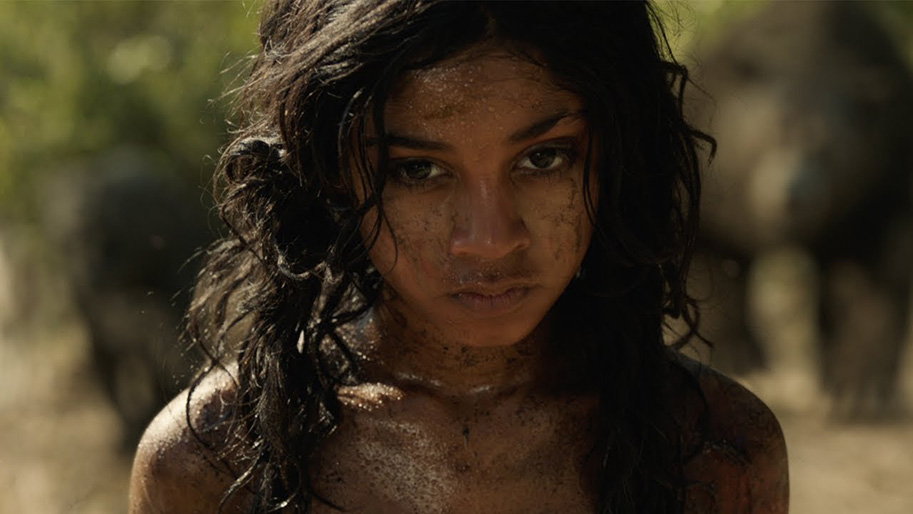
Serkis' version stars Benedict Cumberbatch as Shere Khan, Cate Blanchett as Kaa, Christian Bale as Bagheera, Naomi Harris as Nisha, Andy Serkis as Baloo, and Rohan Chand as Mowgli, among others. The movie will feature motion capture performances by several members of the cast, who under the tutelage of a mo-cap vet like Serkis, are poised to deliver some truly inspired performances.
Regardless of the shift, I am eagerly awaiting this one, even though the film is not expected to arrive on Netflix until some time in 2019. That's okay. I can use that extra time to brush up on my memorizing the lyrics to "Bare Necessities," which is always a fun tune to bust out when you're feeling … Baloo.


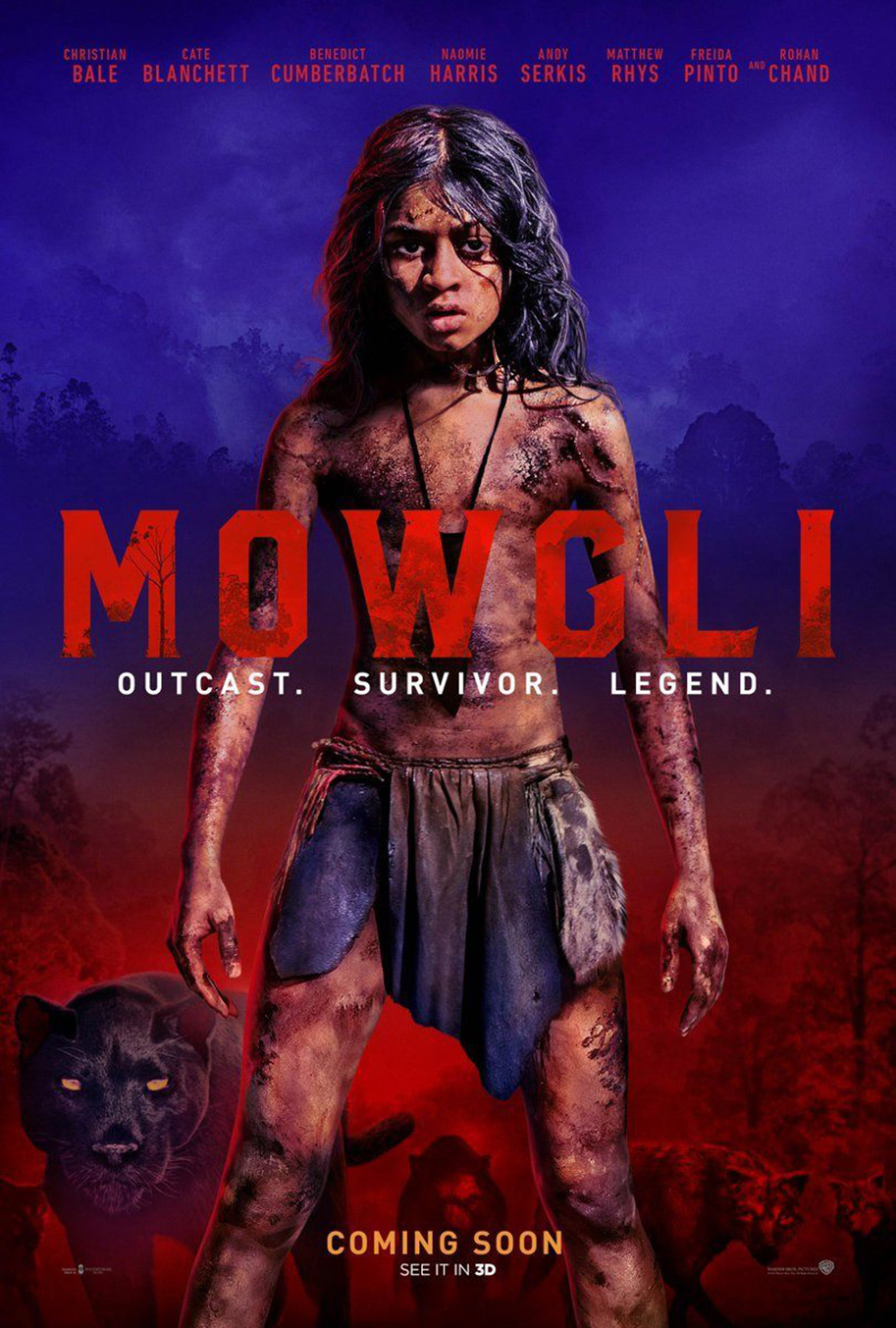









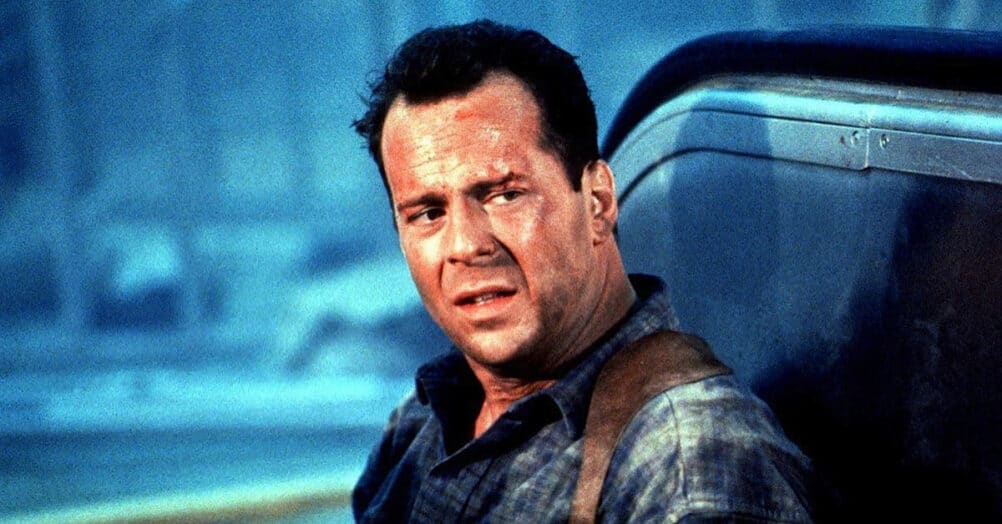




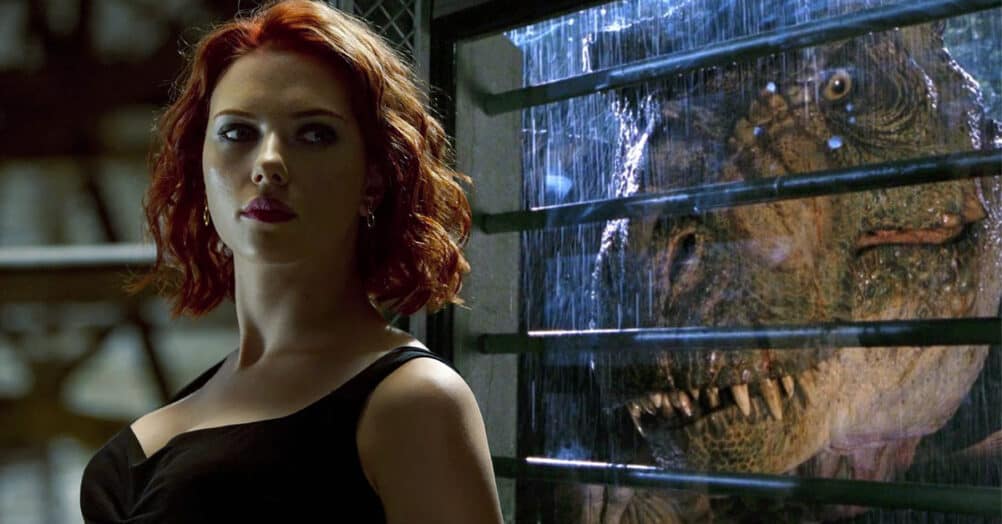



Follow the JOBLO MOVIE NETWORK
Follow us on YOUTUBE
Follow ARROW IN THE HEAD
Follow AITH on YOUTUBE